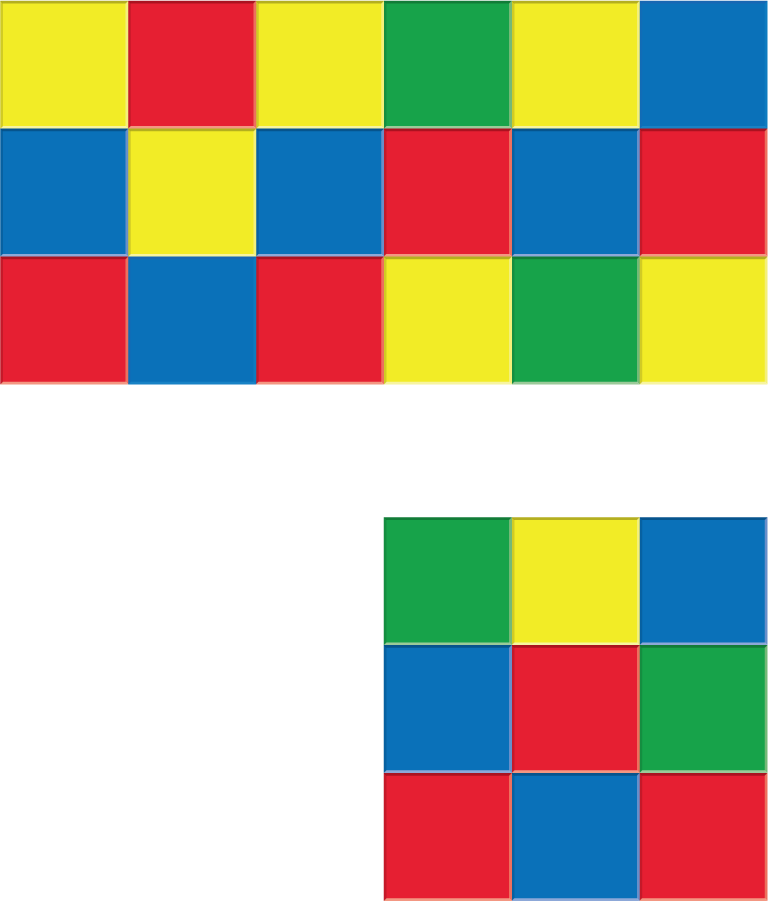Lesson 3 Prime and Composite Numbers
Let’s identify prime and composite numbers.
Warm-up Choral Count: Twos and Fives
Count by 2, starting at 0.
Count by 5, starting at 0.
Activity 1 Card Sort: Area

Your teacher will give you a set of cards to sort.
Sort the cards by area. Record your sorting results. Be prepared to explain your choices.
For each group of sorted cards, think of at least one more rectangle. Name its length and width. Be prepared to explain your reasoning.
Activity 2 Prime or Composite?
The table shows different areas. How many rectangles can be made for each area?
Complete the table and be prepared to explain or show your reasoning.
Rectangles with the same pair of side lengths should be counted only once. For example, if you count a rectangle with 4 units across and 6 units down, you don’t need to also count a rectangle with 6 units across and 4 units down.
area | how many rectangles? | prime or composite? |
|---|---|---|
2 square units | ||
10 square units | ||
48 square units | ||
11 square units | ||
21 square units | ||
23 square units | ||
60 square units | ||
32 square units | ||
42 square units | ||
31 square units | ||
56 square units |
Practice Problem
Problem 1
List the factor pairs of each number. Is each number prime or composite? Explain or show your reasoning.
37
27
77